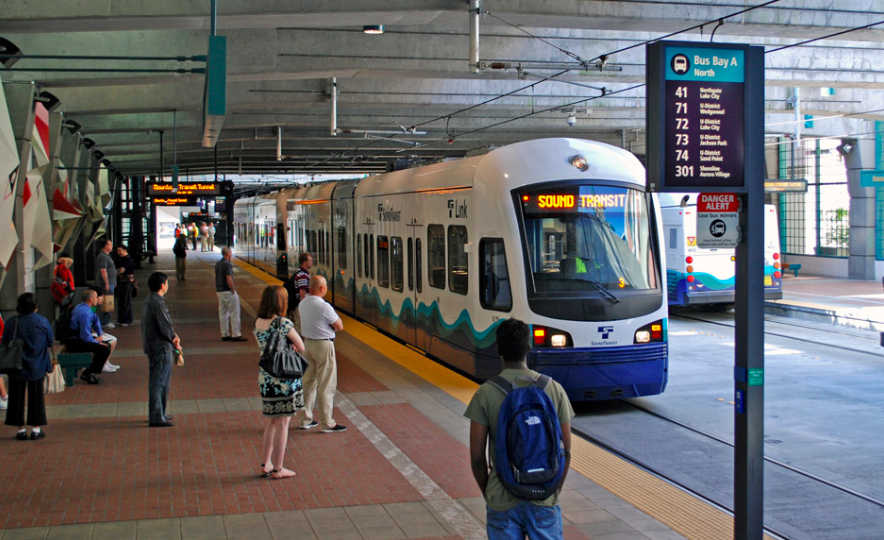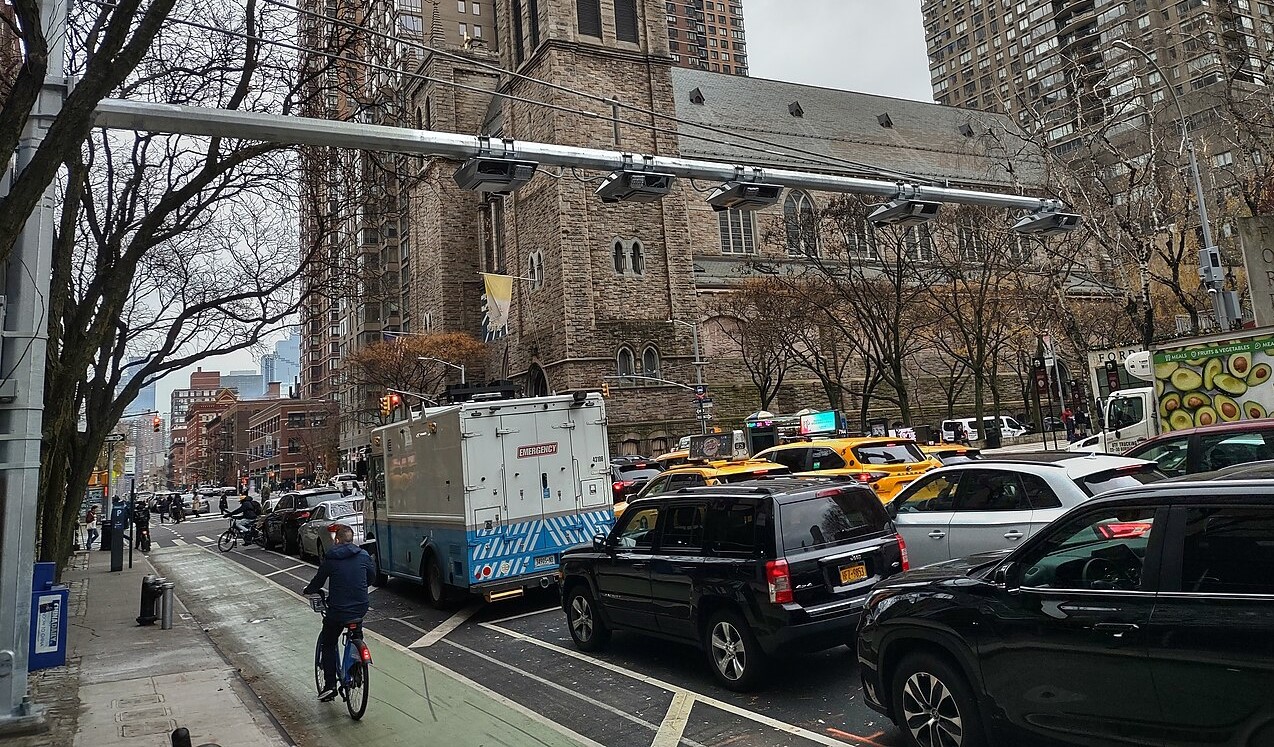Housing and Urban Development (HUD) Secretary Shaun Donovan said late Friday that his agency will soon start gauging the "location efficiency" of its grant applicants, determining each project's potential for connecting residents to surrounding neighborhoods -- and mirroring the recommendations of a recent report that found a correlation between homeowners' foreclosure risk and their dependence on car ownership.
 HUD Secretary Shaun Donovan, right, with Rep. Hank Johnson (D-GA) at left and Atlanta Mayor Kasim Reed at center. (Photo: White House Press)
HUD Secretary Shaun Donovan, right, with Rep. Hank Johnson (D-GA) at left and Atlanta Mayor Kasim Reed at center. (Photo: White House Press)Donovan's announcement came during an address to the Congress for the New Urbanism's (CNU) annual meeting in Atlanta. During his visit, the former New York City housing commissioner also toured the BeltLine project, an ambitious local effort to convert former rail track into new light rail and trails.
In his remarks to the CNU, Donovan depicted the integration of "location efficiency" measures as a way to encourage housing developers to pursue more mixed-use, denser construction.
"[I]t’s time that federal dollars stopped encouraging sprawl and
started lowering the barriers to the kind of sustainable development
our country needs and our communities want," Donovan said. "And with $3.25 billion at stake in these competitions, that’s exactly what they will start to do."
Evaluating the range of transport options available for prospective residents of urban and suburban areas was among the central recommendations of a foreclosures report released in January by the Natural Resources Defense Council (NRDC). That study was aimed at mortgage lenders rather than the government, but Democratic lawmakers last year began pushing for HUD to insure more mortgages based on the properties' "location efficiency."
Donovan said that HUD would use the new LEED for Neighborhood Development (LEED-ND) system, created by the CNU, the NRDC, and the U.S. Green Buildings Council, to measure the transportation potential of grant proposals. LEED certification has become an increasingly popular method of tracking the environmental sustainability of new buildings, although skepticism about the range of energy consumption of buildings with the LEED imprimatur prompted some revisions to the format last year.





